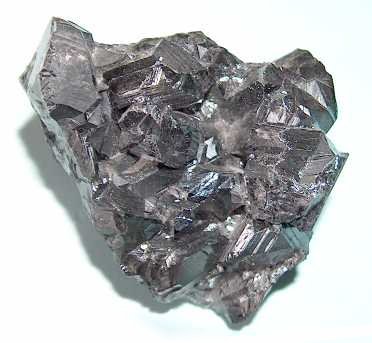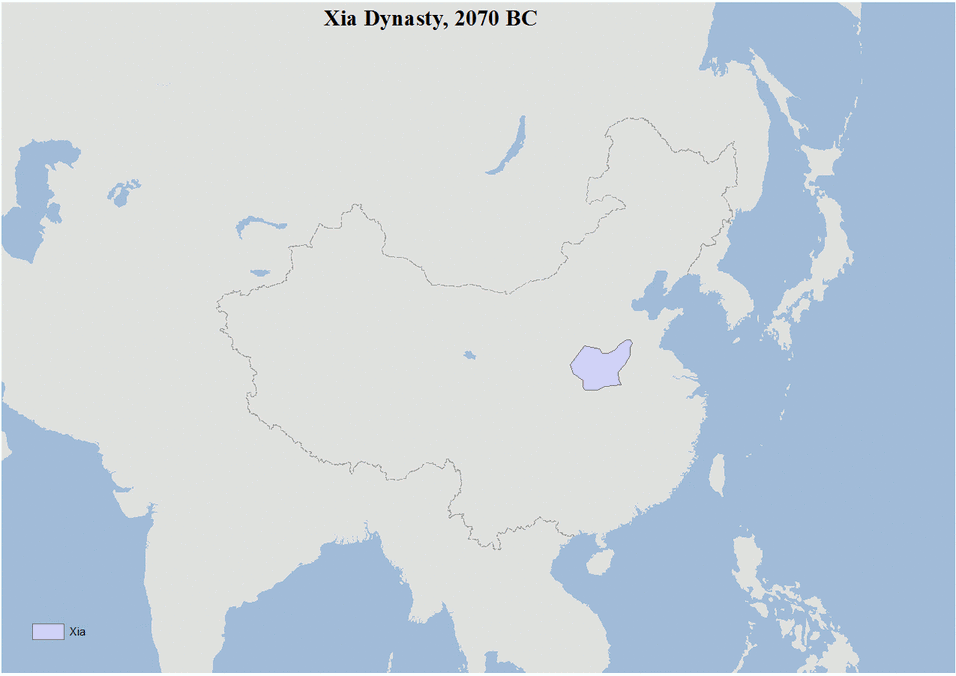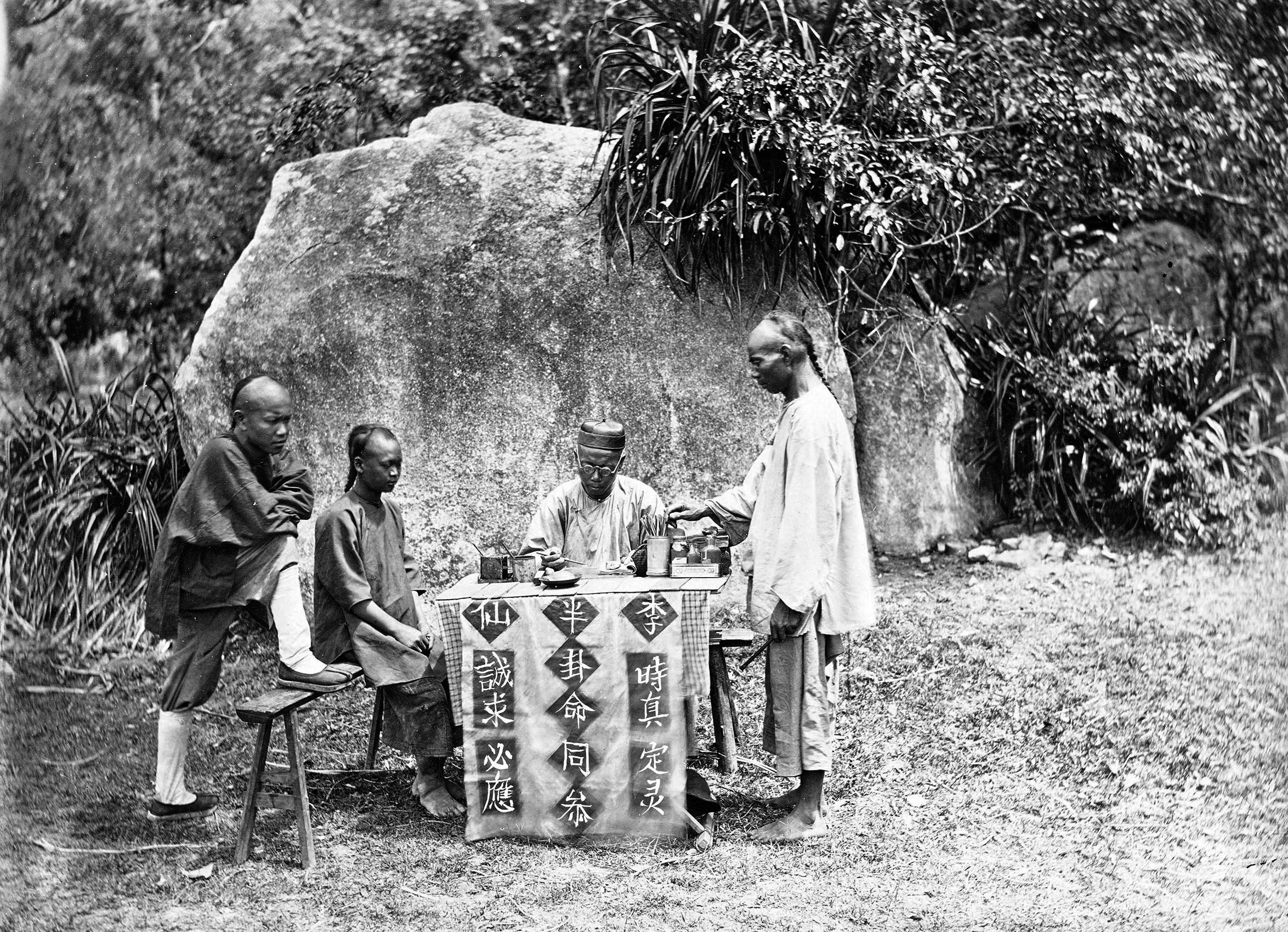|
Cash Coins In Feng Shui
The usage of Cash (Chinese coin), cash coins in the Chinese Pseudoscience, pseudoscientific practice of ''feng shui'' is commonplace influencing many superstitions involving them. Believers in ''feng shui'' believe in a primal life force called ''qi'' (or ''chi'') and apply their beliefs to the design of residential houses, as well as to commercial and public buildings, sometimes incorporating cash coins into the flow of this supposed ''qi''. Cash coins are category of ancient Chinese coinage which are typically round in shape and have a square central hole, these coins were used as the main currency of imperial China between 221 BC and 1912 AD. In ''feng shui'' cash coins are believed to be able to attract wealth and prosperity and to ward off "evil spirits" (煞氣, ''shà qì''). However, placing them an outward facing position is believed to cause misfortune and placing them at the wrong places supposedly attracts "evil spirits" and poverty. For this reason special c ... [...More Info...] [...Related Items...] OR: [Wikipedia] [Google] [Baidu] |
Hong Kong International Airport
Hong Kong International Airport is Hong Kong's main airport, built on reclaimed land on the island of Chek Lap Kok, Hong Kong. The airport is also referred to as Chek Lap Kok International Airport or ''Chek Lap Kok Airport'', to distinguish it from its predecessor, the former Kai Tak International Airport. Having been in commercial operation since 1998, Hong Kong International Airport is one of the largest trans-shipment centres, passenger hubs and gateways for destinations in greater China, Asia and the world. The airport is the world's busiest cargo gateway and one of the world's busiest passenger airports. It is also home to one of the world's largest passenger terminal buildings (the largest when opened in 1998). The airport is operated by the Airport Authority 24 hours a day and is the primary hub for Cathay Pacific (the flag carrier of Hong Kong), Greater Bay Airlines, Hong Kong Airlines, HK Express and Air Hong Kong (cargo carrier). The airport is one of the h ... [...More Info...] [...Related Items...] OR: [Wikipedia] [Google] [Baidu] |
Chinese Numismatic Charm
Yansheng Coins (), commonly known as Chinese numismatic charms, refer to a collection of special decorative coins that are mainly used for rituals such as fortune telling, Chinese superstitions, and Feng shui. They originated during the Western Han dynasty as a variant of the contemporary Ban Liang and Wu Zhu cash coins. Over the centuries they evolved into their own commodity, with many different shapes and sizes. Their use was revitalized during the Republic of China era. Normally, these coins are privately funded and cast by a rich family for their own ceremonies, although a few types of coins have been cast by various governments or religious orders over the centuries. Chinese numismatic charms typically contain hidden symbolism and visual puns. Unlike cash coins which usually only contain two or four Hanzi characters on one side, Chinese numismatic charms often contain more characters and sometimes pictures on the same side. Although Chinese numismatic charms are not a l ... [...More Info...] [...Related Items...] OR: [Wikipedia] [Google] [Baidu] |
Zinc
Zinc is a chemical element with the symbol Zn and atomic number 30. Zinc is a slightly brittle metal at room temperature and has a shiny-greyish appearance when oxidation is removed. It is the first element in group 12 (IIB) of the periodic table. In some respects, zinc is chemically similar to magnesium: both elements exhibit only one normal oxidation state (+2), and the Zn2+ and Mg2+ ions are of similar size.The elements are from different metal groups. See periodic table. Zinc is the 24th most abundant element in Earth's crust and has five stable isotopes. The most common zinc ore is sphalerite (zinc blende), a zinc sulfide mineral. The largest workable lodes are in Australia, Asia, and the United States. Zinc is refined by froth flotation of the ore, roasting, and final extraction using electricity ( electrowinning). Zinc is an essential trace element for humans, animals, plants and for microorganisms and is necessary for prenatal and postnatal development. It ... [...More Info...] [...Related Items...] OR: [Wikipedia] [Google] [Baidu] |
Bronze
Bronze is an alloy consisting primarily of copper, commonly with about 12–12.5% tin and often with the addition of other metals (including aluminium, manganese, nickel, or zinc) and sometimes non-metals, such as phosphorus, or metalloids such as arsenic or silicon. These additions produce a range of alloys that may be harder than copper alone, or have other useful properties, such as strength, ductility, or machinability. The archaeological period in which bronze was the hardest metal in widespread use is known as the Bronze Age. The beginning of the Bronze Age in western Eurasia and India is conventionally dated to the mid-4th millennium BCE (~3500 BCE), and to the early 2nd millennium BCE in China; elsewhere it gradually spread across regions. The Bronze Age was followed by the Iron Age starting from about 1300 BCE and reaching most of Eurasia by about 500 BCE, although bronze continued to be much more widely used than it is in modern times. Because histori ... [...More Info...] [...Related Items...] OR: [Wikipedia] [Google] [Baidu] |
Republic Of China (1912–49)
Taiwan, officially the Republic of China (ROC), is a country in East Asia, at the junction of the East and South China Seas in the northwestern Pacific Ocean, with the People's Republic of China (PRC) to the northwest, Japan to the northeast, and the Philippines to the south. The territories controlled by the ROC consist of 168 islands, with a combined area of . The main island of Taiwan, also known as ''Formosa'', has an area of , with mountain ranges dominating the eastern two-thirds and plains in the western third, where its highly urbanised population is concentrated. The capital, Taipei, forms along with New Taipei City and Keelung the largest metropolitan area of Taiwan. Other major cities include Taoyuan, Taichung, Tainan, and Kaohsiung. With around 23.9 million inhabitants, Taiwan is among the most densely populated countries in the world. Taiwan has been settled for at least 25,000 years. Ancestors of Taiwanese indigenous peoples settled the island around 6 ... [...More Info...] [...Related Items...] OR: [Wikipedia] [Google] [Baidu] |
Imperial China
The earliest known written records of the history of China date from as early as 1250 BC, from the Shang dynasty (c. 1600–1046 BC), during the reign of king Wu Ding. Ancient historical texts such as the ''Book of Documents'' (early chapters, 11th century BC), the ''Bamboo Annals'' (c. 296 BC) and the ''Records of the Grand Historian'' (c. 91 BC) describe a Xia dynasty before the Shang, but no writing is known from the period, and Oracle Bone script, Shang writings do not indicate the existence of the Xia. The Shang ruled in the Yellow River valley, which is commonly held to be the cradle of Chinese civilization. However, Neolithic civilizations originated at various cultural centers along both the Yellow River and Yangtze, Yangtze River. These Yellow river civilization, Yellow River and Yangtze civilizations arose millennia before the Shang. With thousands of years of continuous history, China is among the world's oldest civilizations and is regarded as one of the Cradle of ... [...More Info...] [...Related Items...] OR: [Wikipedia] [Google] [Baidu] |
Warring States Period
The Warring States period () was an era in ancient Chinese history characterized by warfare, as well as bureaucratic and military reforms and consolidation. It followed the Spring and Autumn period and concluded with the Qin wars of conquest that saw the annexation of all other contender states, which ultimately led to the Qin state's victory in 221 BC as the first unified Chinese empire, known as the Qin dynasty. Although different scholars point toward different dates ranging from 481 BC to 403 BC as the true beginning of the Warring States, Sima Qian's choice of 475 BC is the most often cited. The Warring States era also overlaps with the second half of the Eastern Zhou dynasty, though the Chinese sovereign, known as the king of Zhou, ruled merely as a figurehead and served as a backdrop against the machinations of the warring states. The "Warring States Period" derives its name from the '' Record of the Warring States'', a work compiled early in the Han dynasty. Ge ... [...More Info...] [...Related Items...] OR: [Wikipedia] [Google] [Baidu] |
Charles Calomiris
Charles William Calomiris (born November 8, 1957) is an American financial policy expert, author, and professor at Columbia Business School, where he is the Henry Kaufman Professor of Financial Institutions and the Director of Columbia Business School Program for Financial Studies.Contributor profile for Charles W. Calomiris from '''' magazine (accessed December 15, 2018). Early life, education, and career Early life and parentage Born in , his father was businessman William Calomiris, who wa ...[...More Info...] [...Related Items...] OR: [Wikipedia] [Google] [Baidu] |
Chinaknowledge
Chinaknowledge, with the subtitle "a universal guide for China studies", is an English-language hobbyist's web site that contains a wide variety of information on China and Chinese topics. The site was founded by and is maintained by Ulrich Theobald, a Lecturer for Chinese History and Classical Chinese at the University of Tübingen, where he received his doctorate in Chinese Studies in 2009. The site is frequently used as a citation A citation is a reference to a source. More precisely, a citation is an abbreviated alphanumeric expression embedded in the body of an intellectual work that denotes an entry in the bibliographic references section of the work for the purpose of ... source for facts presented elsewhere since it is not commercial and site's author states all his sites are freely visible and copyable. However, the site's author states, "When writing papers, students should use books and not the internet." Chinaknowledge.de provides information about Chinese his ... [...More Info...] [...Related Items...] OR: [Wikipedia] [Google] [Baidu] |
Minguo Tongbao
The Republic of China is a state in East Asia, commonly known as Taiwan. Republic of China may also refer to: * Government of the Republic of China, the government of the Republic of China based on the Chinese mainland until 1949 and on Taiwan since 1949 ** Free area of the Republic of China, also known as Taiwan Area, including Taiwan and associated islands under effective Republic of China jurisdiction * Chinese Taipei, a designated name formally used by the Republic of China while participating in most international events after the 1979 Nagoya Resolution. * History of the Republic of China: ** Republic of China (1912–1949), state in East Asia from the end of the Qing dynasty to the end of the Chinese Civil War. The following three regimes were recognized as legitimate Chinese government over all of China under the same name. *** Provisional Government of the Republic of China, the provisional government led by Sun Yat-sen after the fall of the Qing dynasty, 1912 *** B ... [...More Info...] [...Related Items...] OR: [Wikipedia] [Google] [Baidu] |
Ban Liang
The Ban Liang ( Traditional Chinese: ; Pinyin: ''bàn liǎng'') was the first unified currency of the Chinese empire, first minted as early as 378 BCE and introduced by the first emperor Qin Shi Huang as China's first unified currency around 210 BC (although coins with this inscription already circulated in the State of Qin prior to unification). It was round with a square hole in the middle. Before that date, a variety of coins were used in China, usually in the form of blades ( knife money) or other implements, though round coins with square holes were used by the State of Zhou before it was extinguished by Qin in 249 BCE. The Ban Liang corresponds to a "half tael" (半兩), or twelve zhu (, about 0.68 grams). It typically weighs between ten and six grams, roughly corresponding to the Greek stater. The standardization of currency with this round coinage was part of a broader plan to unify weights and measures during the Qin empire. Ban Liang coins continued to be used u ... [...More Info...] [...Related Items...] OR: [Wikipedia] [Google] [Baidu] |
Chinese Fortune Telling
Chinese fortune telling, better known as ''Suan ming'' () has utilized many varying divination techniques throughout the dynastic periods. There are many methods still in practice in Mainland China, Taiwan, Hong Kong and other Chinese-speaking regions such as Malaysia and Singapore today. Over time, some of these concepts have moved into Korean, Japanese, and Vietnamese culture under other names. For example, ''"Saju"'' in Korea is the same as the Chinese four pillar (Chinese: 四柱八字) method. History The oldest accounts about practice of divination describe it as a measure for "solving doubts" (e.g. "Examination of doubts" 稽疑 part of the ''Great Plan'' :zh:洪範). Two well known methods of divination included ''bǔ'' 卜 (on the tortoise shells) and ''shì'' 筮 (on the stalks of milfoil shī 蓍). Those methods were sanctioned by the royal practice since Shang and Zhou dynasties. Divination of the ''xiang'' 相 type (by appearance – of the human body parts, anim ... [...More Info...] [...Related Items...] OR: [Wikipedia] [Google] [Baidu] |

.jpg)





